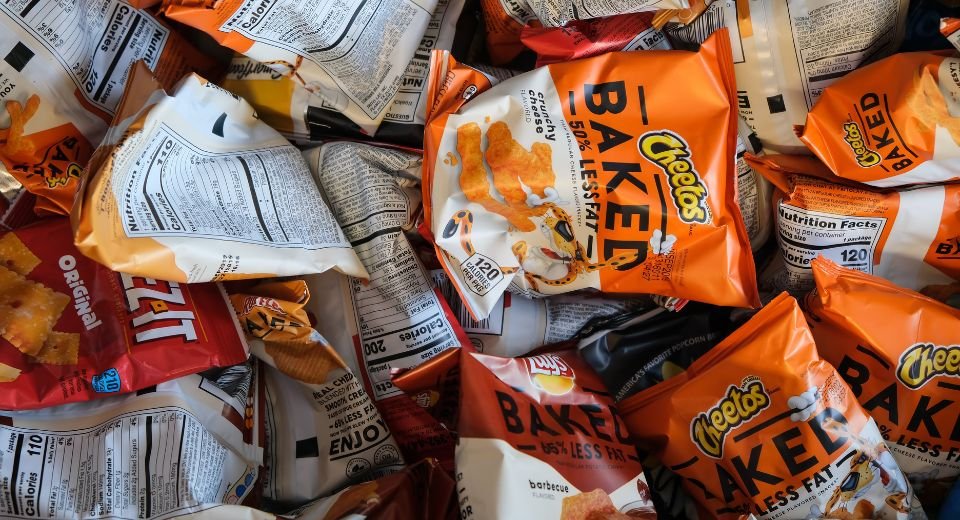H Q Team
May 9, 2023:The environmentally-conscious consumers are turning away from plastic packaging. Sustainable plastic and other biodegradable material are the future, and design companies across the world are taking notice and have come up with alternatives. Even the universal favorite chips now come in biodegradable plastic bags.
Biomimicry
Many companies that are actively looking into plastic alternatives that are sustainable, efficient and eco-friendly, are following the practice of biomimicry. This is where they mimic nature in coming up with environment friendly solutions.
Keonos Made from Stone.com is one such company. Okeanos founders Florencio Cuétara and Dr. Russell Petrie saw the vast pollution caused by plastic and decided to develop Made from Stone. Cuétara and Petrie worked over four years to create packaging out of calcium carbonate and resin.
Calcium carbonate makes up 4% of the earth’s crust and is found in abundance. They experimented with mixing it with resin for binding to come up with biodegradable wrapping.
British potato chip brand Two Farmers have developed a completely compostable bag for its chips.
Mark Green and Sean Mason, the company’s founders, wanted a green alternative for their product and found their solution in eucalyptus cellulose film. They added plant-based glues and ink for printing.
Frito-Lay, with a 60% market share in chips, rolled out in 2021, an industrially compostable bag for its Off the Eaten Path brand. Frito-Lay aims to make packaging 100% recyclable, compostable, biodegradable, or reusable across all its brands by 2025.
Green plastic and recycling woes
Plastic bags takes 20 years to break down naturally. Bloomberg reports that around 200 million tons of single-use plastic waste, like snack bags, is generated yearly worldwide. Most of these plastic bags end up in our waterways, choking our very life sources in the form of microplastics. They enter into the aquatic life and the water we drink.
Alternatives to plastic?
The alternative is green and biodegradable plastic, which, unfortunately, is not completely biodegradable as it requires very high temperatures to biodegrade ( above 50 *C). These temperatures are difficult to sustain, and such facilities are few and far between across the world for bioplastics.
The solution is to go back to the old methods, such as using cardboard or developing innovative biomimicry products, as mentioned above. Other examples are:
Bubble wrap – Adding an additive to the resin in the bubble wrap helps it break down into biomass, water, and CO2.
Cornstarch –Polylactic acid (PLA), a plastic-like material, can be created by using fermented sugars from cornstarch. The plastic can quickly biodegrade under sufficient oxygen and light.
As we shift focus to other materials, we can find new possibilities for our packages.

1 Comment